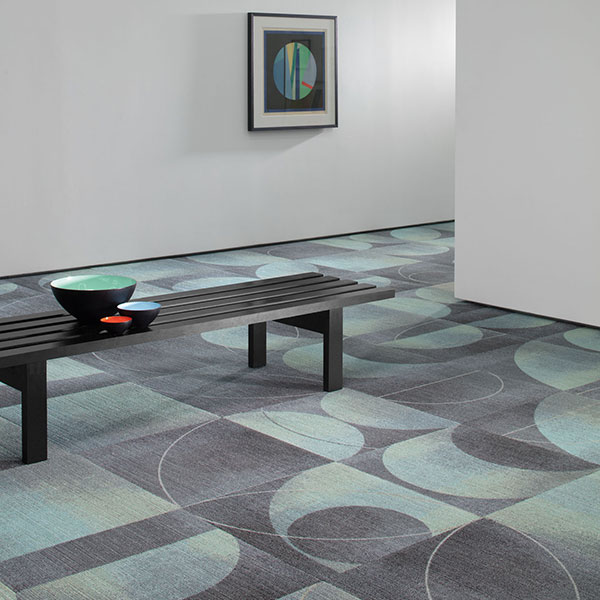Choosing commercial carpets can be very overwhelming. There are hundreds of companies and carpet styles out there, each with its own promises. It’s important to research these companies thoroughly to make sure that you are making the right decision. Remember, though, that the decision you make should ultimately be based on your company’s needs. Commercial carpet is a long-term investment, and you want to make sure you’re getting all of the benefits possible.
When you’re shopping around for commercial carpets, be sure to ask yourself several questions to guide you throughout your search. What type of flooring are you trying to install? Many individuals will walk directly over their office carpeting. However, you don’t want to get too soon – if your commercial carpet padding has a low moisture barrier, you could end up replacing your commercial carpet in a few years!
Next, you’ll need to decide whether you want to choose natural or synthetic carpets. Natural carpets are a great idea for high-traffic areas or business complexes. These commercial carpets tend to hold up well in high-traffic environments. Synthetic commercial carpets, meanwhile, have some advantages. They can help decrease the formation of mould and can be more moisture-resistant than natural commercial carpets.
In addition, it’s not uncommon to find that different types of materials have different levels of moisture resistance. Some materials will retain water better than others, especially if foot traffic is prevalent in the area. The type of material your new carpet is made from is key to its effectiveness and longevity. Carpets made of breathable, moisture-resistant material will be easier to keep clean and dry.
Once you’ve narrowed down what type of carpeting you’d like to install, you’ll also want to consider the different types of installation methods. Most carpeting companies these days use a rotary brush installation method, which utilizes a rotating brush that applies a light layer of padding over the flooring. The final result is a textured surface – kind of like the texture of hayfields after a hard rain. This method is both quick and easy for the average do-it-yourselfer.
A more traditional installation method involves a “deep-cut” system. It uses an open-press method wherein the carpeting is installed over the concrete floor. This method is more labor-intensive than the rotary brush method, but it’s a preferred choice for busy commercial spaces. Also, because the carpet is installed over the concrete, it’s less likely to develop holes and dents. This isn’t such a common occurrence in residential carpeting, where traffic is lower and there isn’t as much moisture, or wear and tear. In addition, open-press systems tend to be more aesthetically pleasing.
The best choices in flooring are always tied to the best carpet and flooring businesses in your local area. Finding a good deal takes time and research. Hire one based on experience and reviews. If they have a lot of both and they are good, then they are most likely good at what they do and also stock excellent quality products.
Next, you’ll need to decide between flat and face weight yarn. Some companies only offer flat yarns, which are pre-manufactured and ready to ship. This is the best choice for most commercial spaces since it’s already prepared for you. Face weight yarn has to be handmade, which adds a level of quality to the product. However, the price of face-weight yarn is more than offset by the increased durability and minimal wear and tear.
Lastly, it’s important to choose the right company for your needs. Choose the best company based on their experience, their reputation in the industry, and their level of customer service. They should also be able to provide you with a full range of options to meet your individual requirements and tastes. Make sure they’re able to provide the best products at the best possible prices. That way, you’ll get the most durable, beautiful, and sustainable flooring that will enhance the look and functionality of your commercial space.






